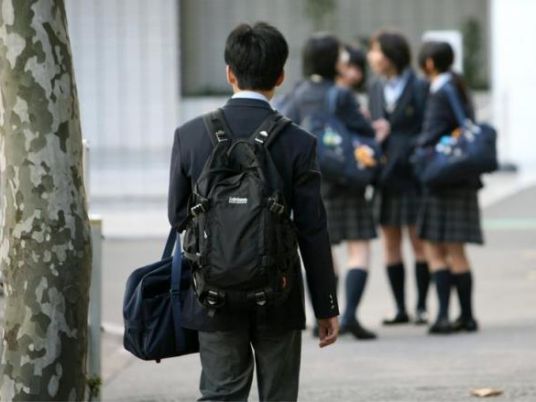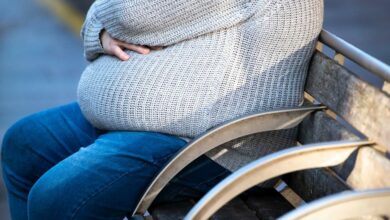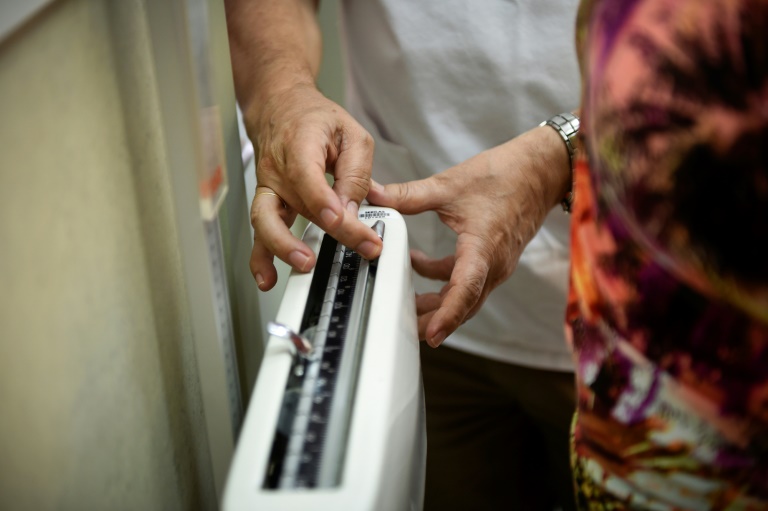
Childhood asthma rates appear to have stopped rising among many US groups, but not among the poorest kids or children aged 10 and older, a study suggests.
Overall, asthma prevalence among kids under 18 had been rising for decades, until it peaked at 9.7 percent in 2009. Then it held steady until 2013, when it dropped to 8.3 percent from 9.3 percent the previous year, researchers reported online December 28 in the journal Pediatrics.
“International data on asthma prevalence over time shows that trends appear to be leveling off in many countries, and suggests that the trend in the United States seems to be following a general pattern,” said lead study author Dr. Lara Akinbami of the U.S Center for Disease Control and Prevention’s National Center for Health Statistics in Hyattsville, Maryland.
Even though the recent decline is statistically meaningful, it’s too soon to tell whether the decrease from 2012 to 2013 might be the start of another plateau or the beginning of a meaningful decline in asthma cases, Akinbami said by email.
In addition to the scant number of years to assess a shift in asthma trends toward the end of the study period, it’s also possible that changes in the way US researchers collected survey data on childhood asthma might have influenced the results.
“It also doesn’t clearly identify which factors underlie changes in trends,” Akinbami added. “There is likely a complex story on why asthma prevalence has apparently stopped increasing.”
Part of the complexity stems from variations in rates of asthma based on age, income, region or race and ethnicity, the study found.
There was no change in asthma prevalence from 2001 to 2013 for white or Puerto Rican children or for kids living in the Northeast or West.
Over the same period, prevalence rose for kids aged 10 to 17, poor children, and residents of the South.
Disparities in asthma between white and black children stopped increasing, and Puerto Rican kids continued to have the highest prevalence.
For low-income children in particular, it’s possible that environmental risk factors like tobacco exposure, poor housing and poor indoor air quality, and indoor dust mite and cockroach exposure may make asthma more likely, said Dr. Avni Joshi of the Mayo Clinic in Rochester, Minnesota.
“There is a vicious cycle of poverty and obesity which may also contribute to the risk of development and persistence of asthma,” Joshi, who wasn’t involved in the study, said by email. “In addition, children in poor households experience higher psychosocial stress, which is another risk factor for asthma.”
If there’s a silver lining in the study results, it’s that a plateau or decrease in asthma suggests that newer medicines and more aggressive management of the disease may be making a difference, noted Dr. Todd Mahr of Gundersen Health System in La Crosse, Wisconsin.
“It appears that progress is occurring in decreasing the asthma epidemic,” Mahr, who wasn’t involved in the study, said by email.




